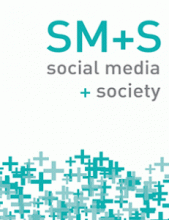In this paper, we conduct a comprehensive study of online antagonistic content related to Jewish identity posted on Twitter between October 2015 and October 2016 by UK-based users. We trained a scalable supervised machine learning classifier to identify antisemitic content to reveal patterns of online antisemitism perpetration at the source. We built statistical models to analyse the inhibiting and enabling factors of the size (number of retweets) and survival (duration of retweets) of information flows in addition to the production of online antagonistic content. Despite observing high temporal variability, we found that only a small proportion (0.7%) of the content was antagonistic. We also found that antagonistic content was less likely to disseminate in size or survive fora longer period. Information flows from antisemitic agents on Twitter gained less traction, while information flows emanating from capable and willing counter-speech actors -i.e. Jewish organisations- had a significantly higher size and survival rates. This study is the first to demonstrate that Sampson’s classic sociological concept of collective efficacy can be observed on social media (SM). Our findings suggest that when organisations aiming to counter harmful narratives become active on SM platforms, their messages propagate further and achieve greater longevity than antagonistic messages. On SM, counter-speech posted by credible, capable and willing actors can be an effective measure to prevent harmful narratives. Based on our findings, we underline the value of the work by community organisations in reducing the propagation of cyberhate and increasing trust in SM platforms.
